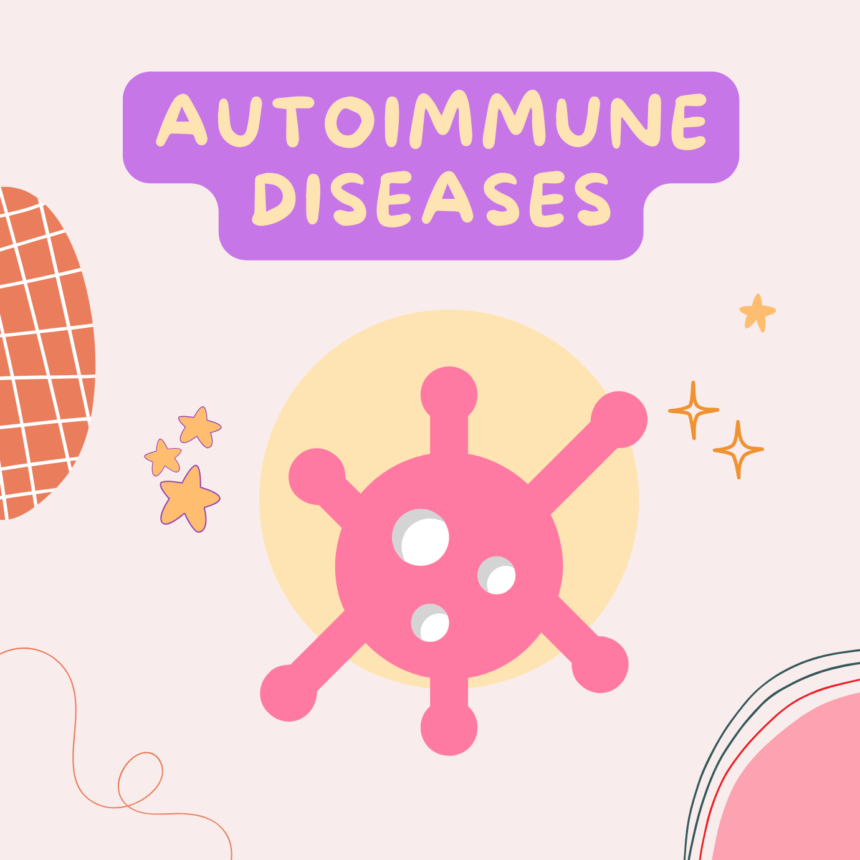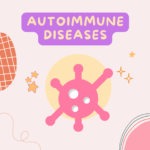Sjögren’s syndrome is an autoimmune disorder that primarily affects the moisture-producing glands of the body, leading to symptoms like dry eyes and a dry mouth. However, this condition can have far-reaching effects on various aspects of a person’s health. In this article, we’ll delve into the complexities of Sjögren’s syndrome, its symptoms, and the challenges it presents.
Understanding Sjögren’s Syndrome:
Sjögren’s syndrome is an autoimmune disease, which means the body’s immune system mistakenly attacks its healthy tissues. In this condition, the immune system targets the salivary and tear glands, reducing their ability to produce moisture. While the hallmark symptoms are dry eyes and dry mouth (known as sicca symptoms), Sjögren’s can also affect other organs and systems in the body.
The Multifaceted Impact of Sjögren’s Syndrome:
- Dryness: The most obvious and common symptom is dryness. Dry eyes can lead to discomfort, light sensitivity, and vision problems, while a dry mouth can result in difficulty swallowing, speaking, and an increased risk of dental issues.
- Fatigue: Many individuals with Sjögren’s experience extreme fatigue, which can be debilitating. This fatigue is often disproportionate to physical activity and can significantly impact daily life.
- Joint Pain: Sjögren’s can cause joint pain and stiffness, similar to rheumatoid arthritis. This can limit mobility and result in discomfort.
- Organ Involvement: Sjögren’s can affect various organs, including the lungs, kidneys, and liver, leading to complications such as pneumonia, kidney disease, and liver dysfunction.
- Neurological Symptoms: Some individuals may experience neurological symptoms like difficulty concentrating, memory problems, and even peripheral neuropathy.
- Increased Infection Risk: The dryness caused by Sjögren’s can make individuals more susceptible to infections, particularly in the eyes and mouth.
Management and Treatment:
While there is no cure for Sjögren’s syndrome, management focuses on relieving symptoms and preventing complications. Treatment options may include:
- Artificial Tears and Moisturizing Products: For dry eyes and dry mouth.
- Medications: Nonsteroidal anti-inflammatory drugs (NSAIDs) or immunosuppressive drugs to manage inflammation.
- Lifestyle Changes: Staying hydrated, maintaining good oral hygiene, and using humidifiers to add moisture to the environment.
- Physical Therapy: For joint pain and stiffness.
- Immunosuppressive Therapy: In more severe cases.
Emotional and Social Impact:
Sjögren’s syndrome can take a toll on a person’s emotional well-being and social life. Coping with chronic symptoms, fatigue, and potential complications can be challenging. Support groups and counseling can be valuable resources for individuals and their families.
In conclusion, Sjögren’s syndrome is a complex autoimmune disease with far-reaching effects on health and quality of life. Early diagnosis and a multidisciplinary approach to care can help individuals manage symptoms and reduce the risk of complications.








